Imagine waking up to the ground trembling beneath your feet, a blood-red sky flickering with ash, and the distant roar of molten rock carving new land across what we now call Melbourne. It might sound like a scene from a science fiction film, but this was the extraordinary reality of Victoria millions of years ago. Before bustling laneways and iconic trams, the heart of Australia’s southeast was a place where volcanoes shaped every hill and valley, forging a land of fire and transformation. Let’s journey back to an era when volcanoes ruled Victoria and the land beneath Melbourne’s skyscrapers was alive with eruptions, lava flows, and a drama more intense than any blockbuster.
The Fiery Origins of Victoria’s Landscape
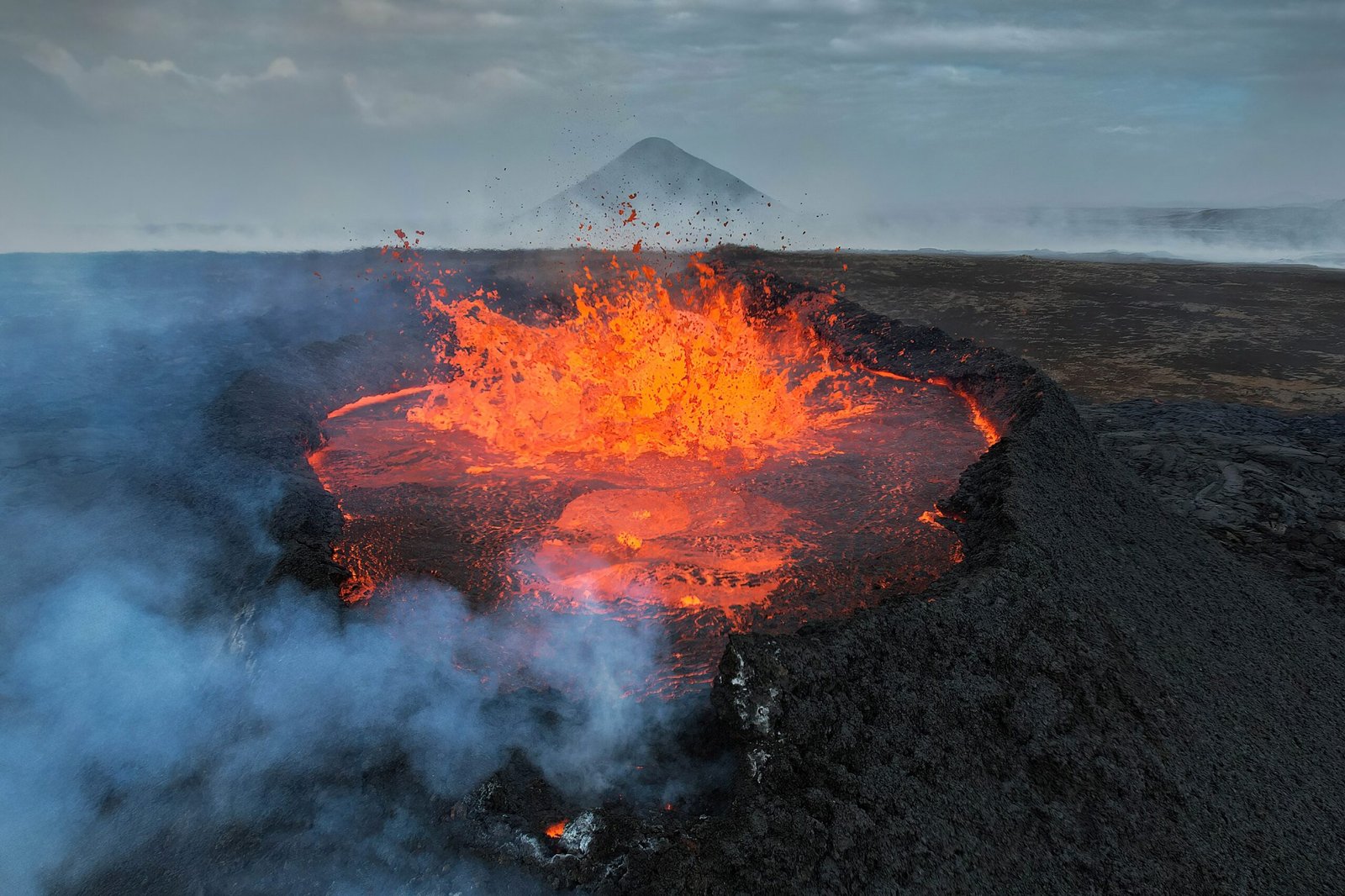
Long before humans set foot in Australia, Victoria was a land dominated by volcanoes. Eruptions here weren’t just occasional disasters—they were regular, relentless events that sculpted the terrain. Picture rivers of lava pouring across plains, cooling into strange rock formations that would one day become rolling hills and fertile soils. These eruptions set the foundations for modern Melbourne, leaving behind a geological mosaic that still defines the region’s character today.
The Newer Volcanics Province: Australia’s Volcanic Heartland
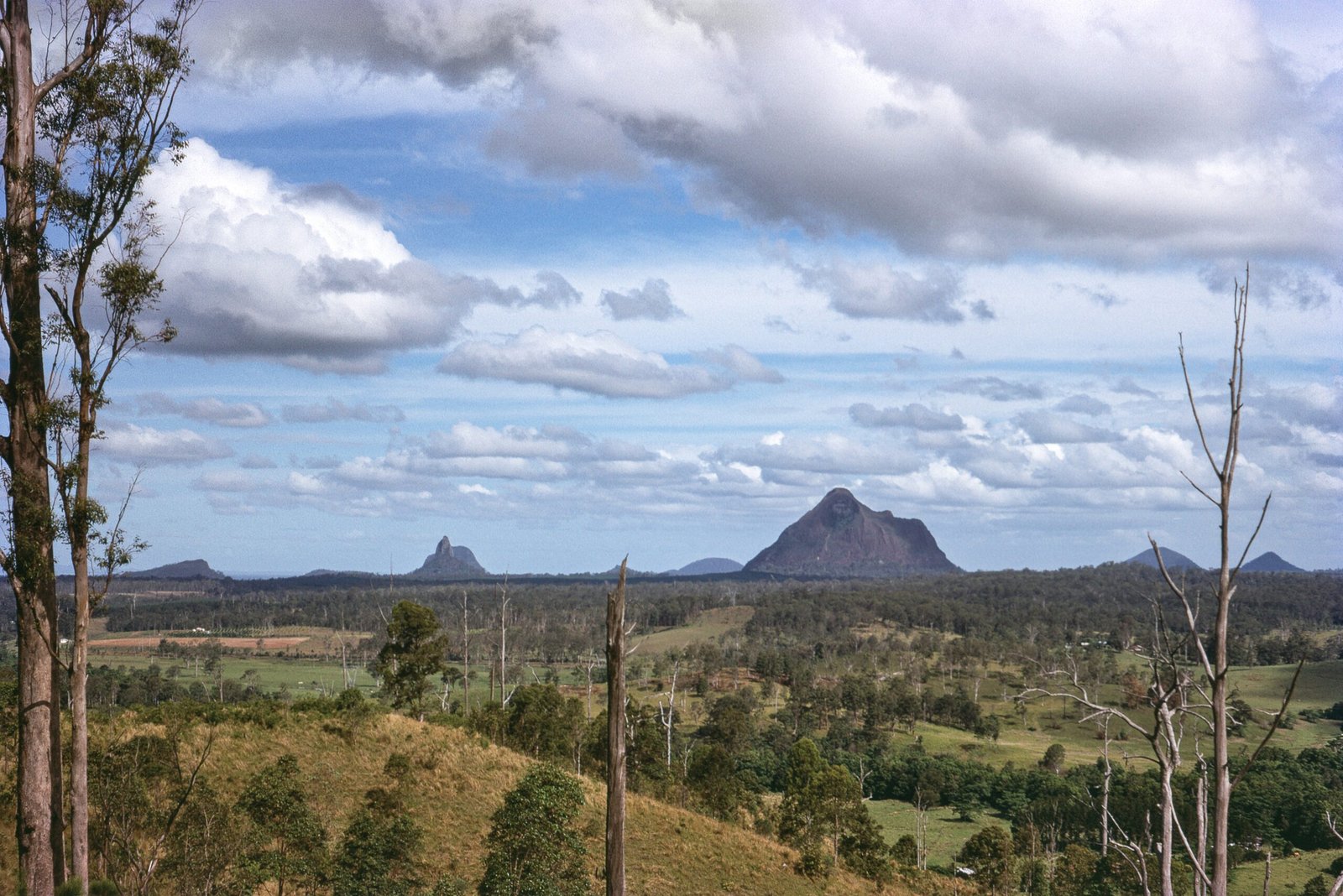
Victoria isn’t just home to a few ancient volcanoes—it sits within the Newer Volcanics Province, one of the world’s largest volcanic plains. Stretching from Melbourne to Mount Gambier, this province is peppered with over 400 volcanic vents. Some of these volcanoes are barely recognizable now, softened by wind and rain, while others still stand as dramatic reminders of the earth’s molten past. The sheer scale of this volcanic province is staggering, making it a global hotspot for studying how landscapes evolve over millions of years.
The Power Behind the Eruptions: Forces Beneath Our Feet
What made Victoria such a hotspot for volcanic activity? Deep beneath the earth, shifting tectonic plates and upwelling magma created the perfect recipe for explosive events. Rather than being caused by the edge of a tectonic plate, these volcanoes erupted from a “hotspot”—a plume of hot rock rising from deep inside the planet. This same force is still at work beneath our feet, silently shaping the land even as we walk through city streets.
Lava Flows That Built the Plains
The vast, flat stretches of western Victoria are no accident—they’re the result of ancient lava flows. When volcanoes erupted, their lava oozed across the landscape, cooling into thick basalt sheets. Over time, these flows overlapped, building layer upon layer of volcanic rock. Today, these “lava plains” are among the most fertile farmlands in Australia, supporting everything from dairy herds to vineyards. It’s a wild twist of fate: the chaos of fire long ago now feeds generations.
The Iconic Landforms: Craters, Cones, and Maar Lakes
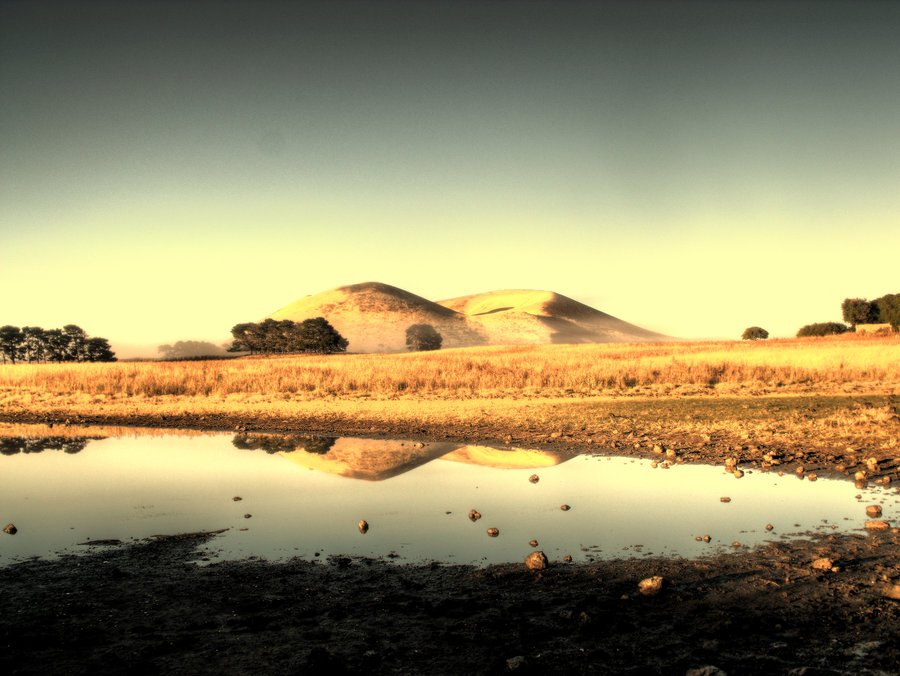
Victoria’s volcanic history left behind a gallery of dramatic landforms. Scattered across the region, you’ll find steep-sided scoria cones like Mount Elephant, deep craters like Tower Hill, and mysterious maar lakes such as Lake Purrumbete. Each has its own origin story—some were formed by explosive eruptions that blasted deep pits, while others grew from gentle, oozing lava. These features don’t just look impressive; they’re natural laboratories for geologists and playgrounds for adventurous explorers.
Tower Hill: Nature’s Phoenix Rising
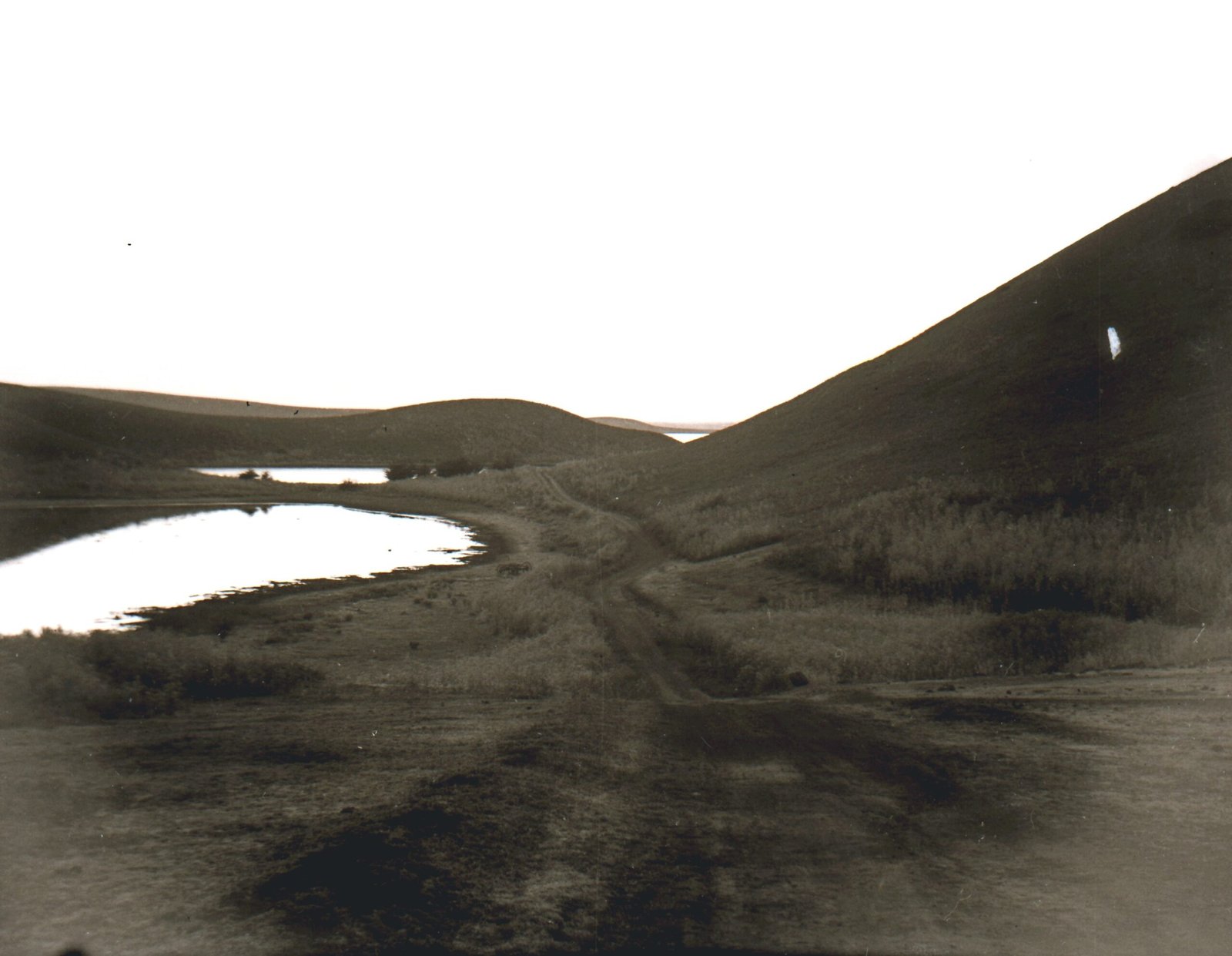
Tower Hill, just outside Warrnambool, is one of Victoria’s most spectacular volcanic wonders. Its vast crater, encircled by a ring of hills, is actually the remains of a gigantic eruption about 30,000 years ago. Today, Tower Hill is a wildlife reserve, teeming with emus, kangaroos, and even koalas. It’s hard to imagine that this peaceful haven was once the epicenter of roaring fire and ash—a true testament to nature’s power to heal and transform.
Mount Eccles (Budj Bim): Cultural and Geological Treasure
Mount Eccles, also known as Budj Bim, isn’t just a geological marvel—it’s a place of deep cultural significance for the Gunditjmara people. This volcano’s last eruption, around 6,500 years ago, left behind an intricate network of lava channels and caves. The local Aboriginal community ingeniously adapted to this fiery landscape, building stone eel traps and villages in the cooled lava flows. Today, Budj Bim holds UNESCO World Heritage status, linking ancient geology with living human history.
Melbourne’s Undercover Volcanoes
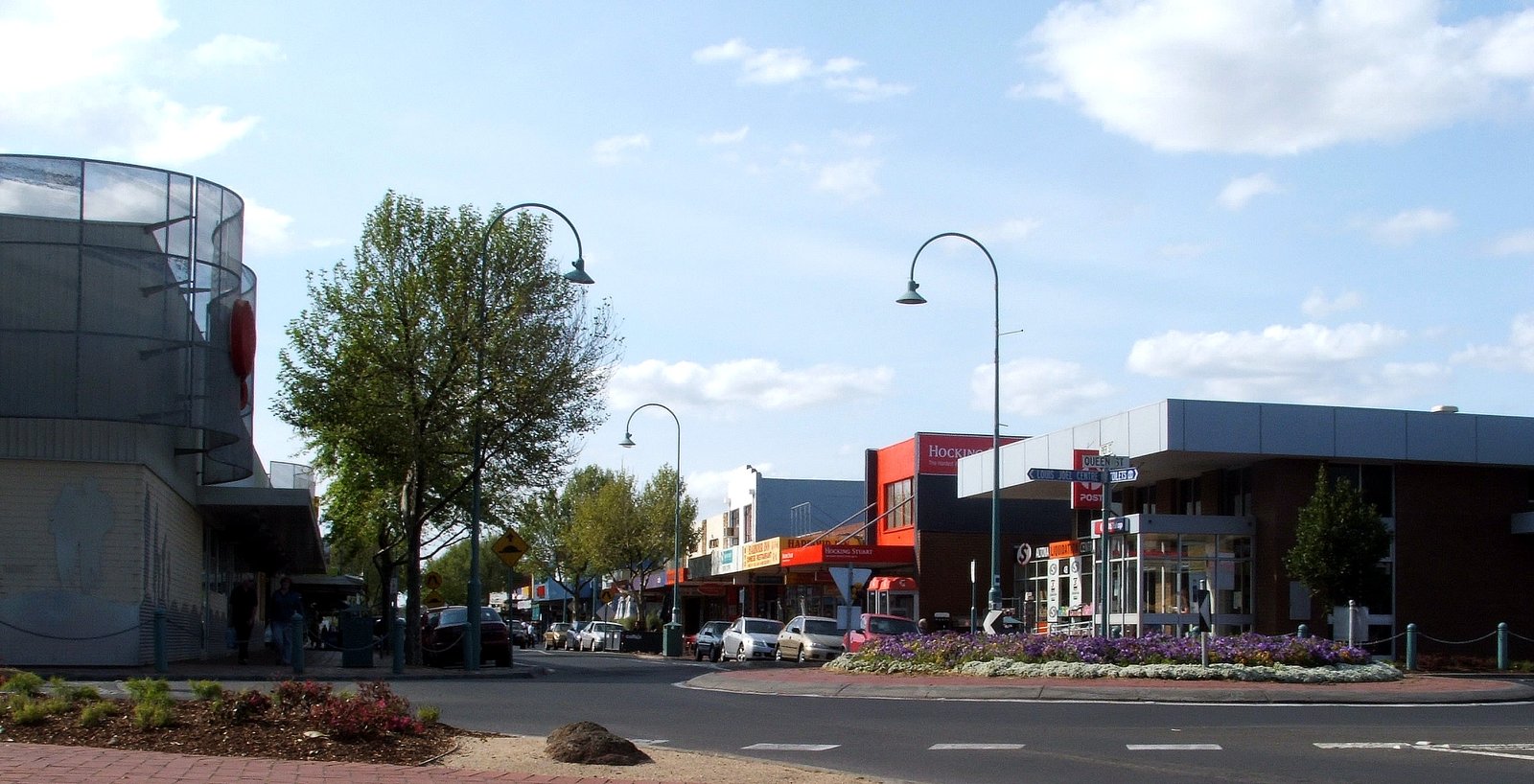
You might be surprised to learn that Melbourne itself sits on the edge of ancient volcanic fields. While you won’t see lava pouring down Bourke Street today, the city’s western suburbs are built atop old lava flows and craters. Suburbs like Sunshine and Altona owe their flatness to ancient volcanic activity. It’s a secret history buried just below the surface, waiting to be rediscovered in road cuttings and rocky outcrops.
Ancient Eruptions and the Climate Connection
Volcanic eruptions have always played a role in shaping Earth’s climate. When Victoria’s volcanoes erupted, they sent ash and gases high into the atmosphere, blocking sunlight and cooling the planet. Scientists believe these eruptions may have caused brief periods of climate change, affecting everything from rainfall patterns to plant growth. The evidence is literally written in the rocks, offering clues to how our world responds to natural disasters on a grand scale.
Life Amidst the Lava: Evolution’s Surprising Stage

It’s easy to picture volcanoes as destroyers, but they’re also creators. The fresh, mineral-rich soils that followed eruptions became a cradle for new life. Plants and animals adapted to the changing landscape, sometimes in astonishing ways. Some of Australia’s rarest wildflowers and unique animals found refuge on the volcanic plains. The story of life in prehistoric Victoria is one of resilience, adaptation, and renewal.
The Last Eruptions: When Did the Volcanoes Fall Silent?
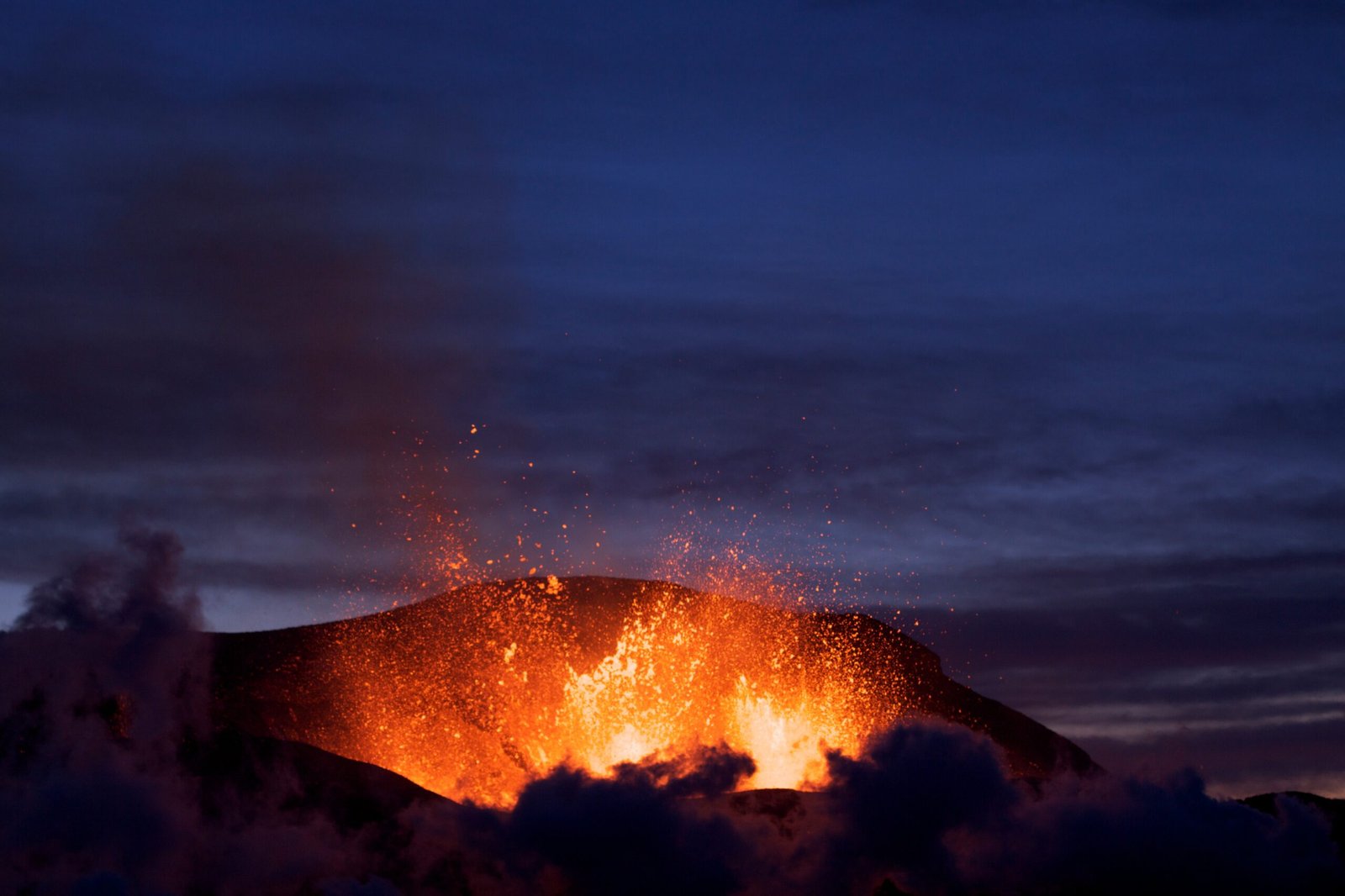
Many people assume Victoria’s volcanoes are ancient history—but in geological terms, they’re almost brand new. The last eruptions in the region occurred just a few thousand years ago, possibly witnessed by the ancestors of today’s Aboriginal Australians. Some scientists even think there’s a chance of future eruptions, though the odds are slim. The landscape’s silence today is just a pause in a much longer story.
Hidden Caves and Lava Tubes: Subterranean Mysteries

Beneath the fields and forests of Victoria, secret worlds lie hidden. Lava tubes—long, winding tunnels formed by flowing lava—snake beneath the surface. Some are big enough to walk through, while others remain unexplored. These caves are home to rare bats and provide a glimpse into the fiery forces that once raged above. Exploring a lava tube in Victoria is like stepping into another planet.
Volcanic Soils: The Secret Behind Victoria’s Agriculture
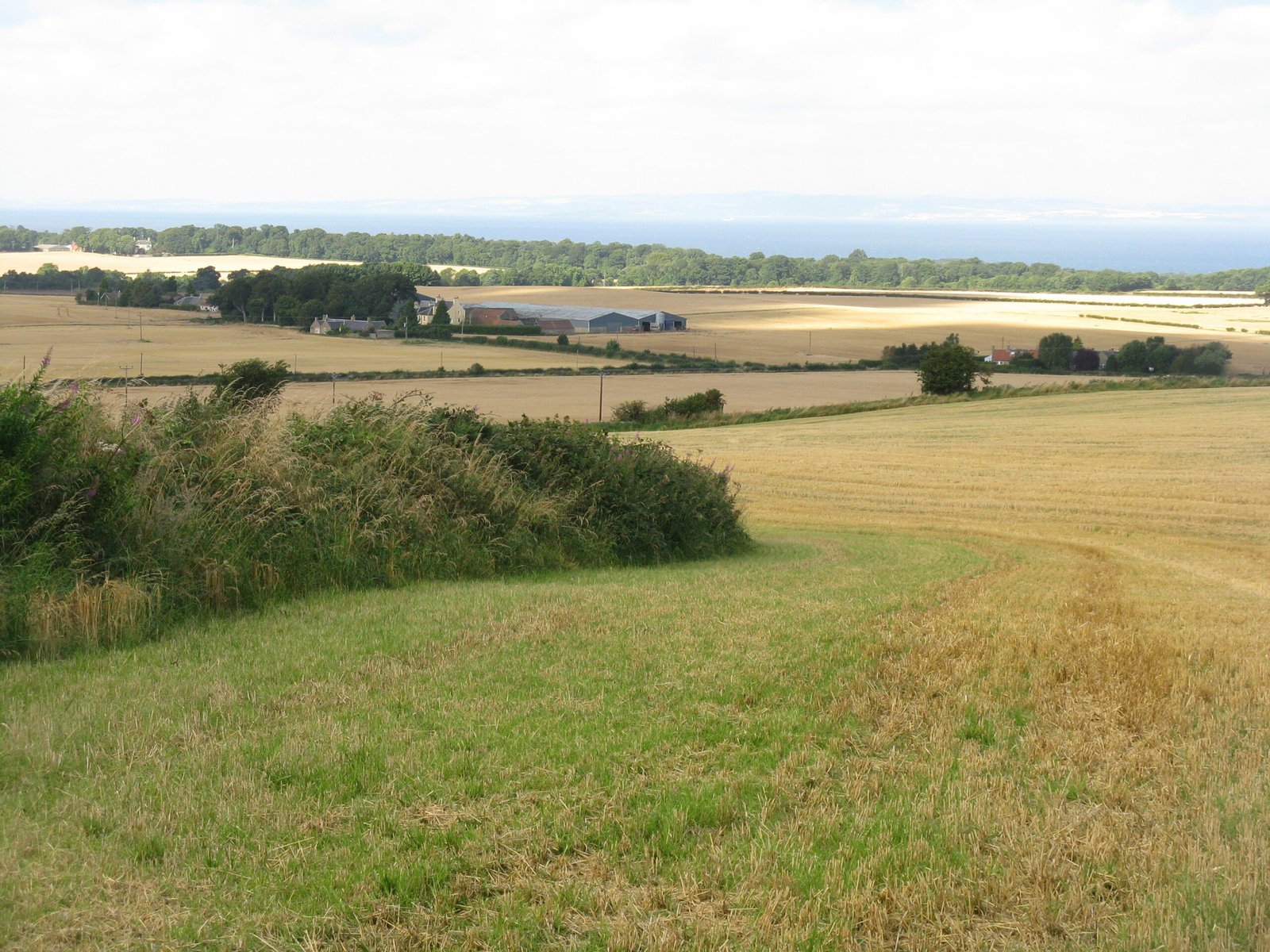
If you’ve ever enjoyed a glass of Shiraz from western Victoria or a slice of local cheese, you have volcanoes to thank. The basaltic soils left by ancient eruptions are incredibly rich in minerals, making them perfect for agriculture. Farmers have long relied on these fertile plains to grow crops and raise livestock. It’s a beautiful irony: the destruction of the past laid the groundwork for abundance today.
Volcanoes in Aboriginal Dreamtime Stories
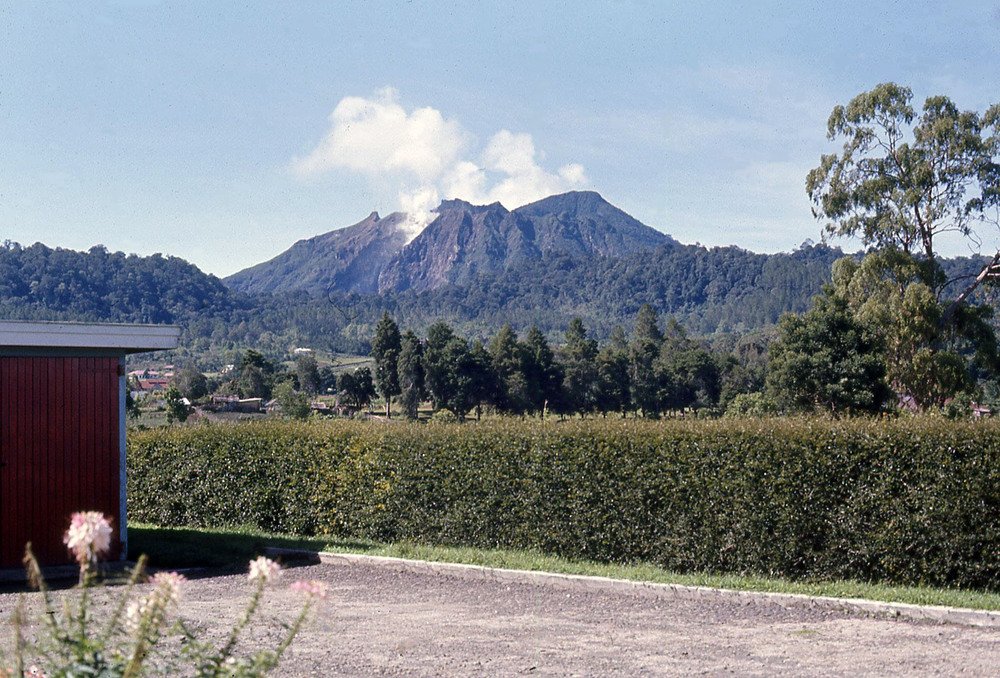
Long before geologists puzzled over lava flows, Aboriginal Australians wove stories about the land’s fiery origins. Volcanoes like Budj Bim are central to Dreamtime legends, which explain how the landscape was shaped by ancestral spirits. These stories carry deep wisdom about living with the land’s power and unpredictability. Today, they’re being shared more widely, helping all Australians connect with their volcanic heritage.
Echoes in the Modern Landscape
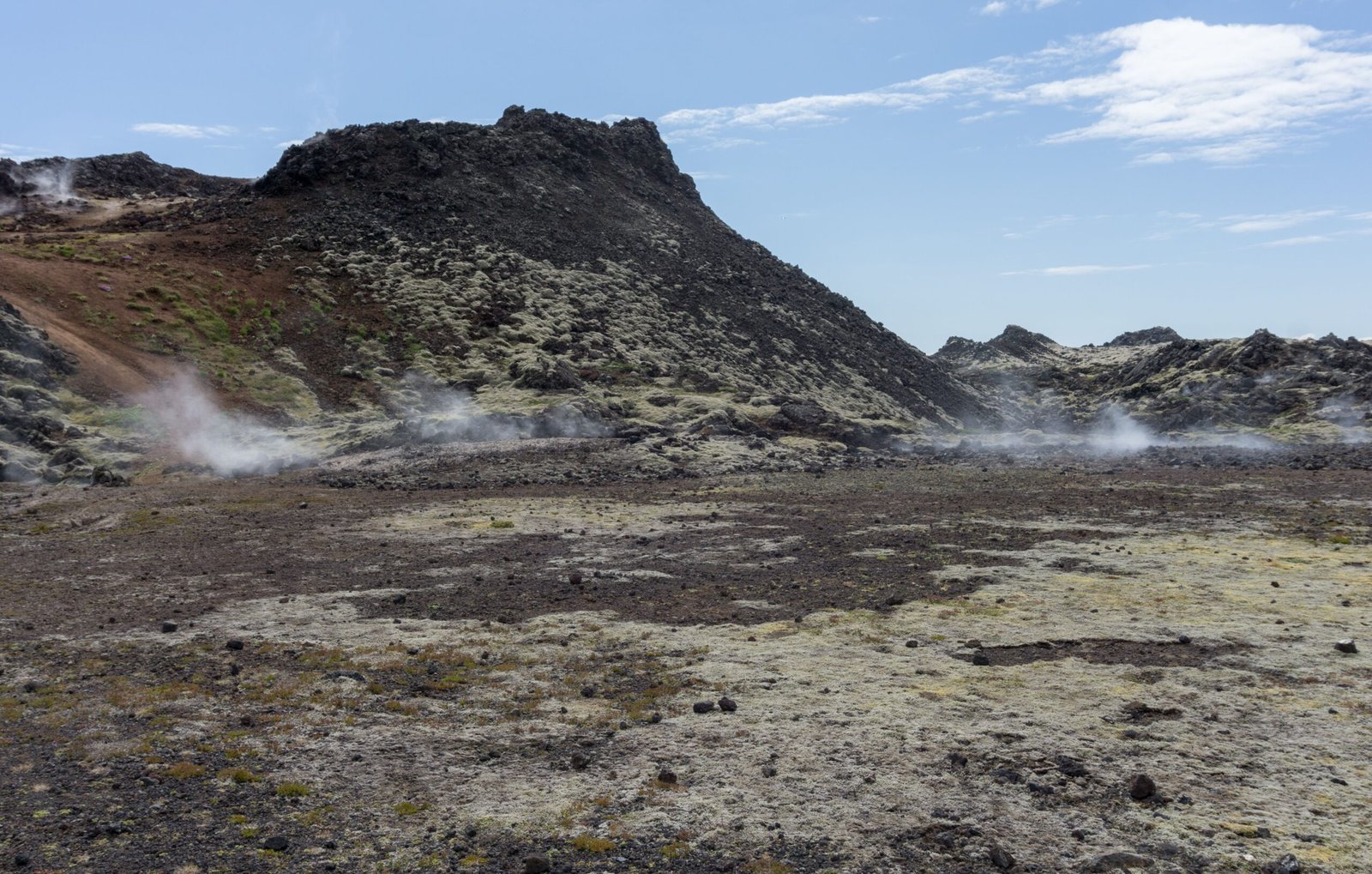
Even if the eruptions have stopped, the legacy of Victoria’s volcanoes is everywhere. The undulating hills, mysterious lakes, and fertile paddocks are all reminders of a time when fire ruled the land. Walking through Melbourne’s parks or driving across the countryside, you’re never far from the marks left by ancient eruptions. It’s a stunning reminder that the landscape is alive with history, even if we can’t always see it.
Geologists on the Trail: Uncovering Prehistoric Secrets

Modern researchers are still uncovering the secrets of Victoria’s volcanic past. By studying rocks, ash layers, and ancient lakes, geologists are piecing together a timeline of eruptions stretching back millions of years. Their discoveries are rewriting our understanding of Australia’s natural history—and sometimes, they stumble upon surprises that challenge everything we thought we knew. The science is ongoing, and every rock has a story to tell.
The Threat of the Sleeping Giants
Could Victoria’s volcanoes awaken in our lifetime? While it’s unlikely, geologists keep a watchful eye on the region. Small tremors and gas seeps occasionally remind us that the earth beneath Victoria is not entirely still. Emergency planners even have response strategies, just in case. Living on a volcanic plain means accepting that nature is unpredictable—and that the past can sometimes come roaring back.
Volcano Tourism: Walking in the Footsteps of Fire
Today, Victoria’s volcanic wonders draw visitors from near and far. From climbing Mount Elephant to exploring the craters at Tower Hill, there’s a sense of adventure in discovering these ancient sites. Tour guides share stories of fire and ice, while local museums display fossils and volcanic rocks. For many, standing on the rim of a crater is a humbling reminder of nature’s raw power.
Lessons from a Volcanic Past
The story of Victoria’s volcanoes is more than just ancient history—it’s a lesson in resilience, adaptation, and transformation. The land remembers its fiery origins, even as it supports bustling cities and thriving farms. By understanding how volcanoes shaped Victoria, we gain insight into the forces that continue to shape our world. Every hill and valley carries a message: change is the only constant, and creation often begins with chaos.
Reflections on Fire and Time
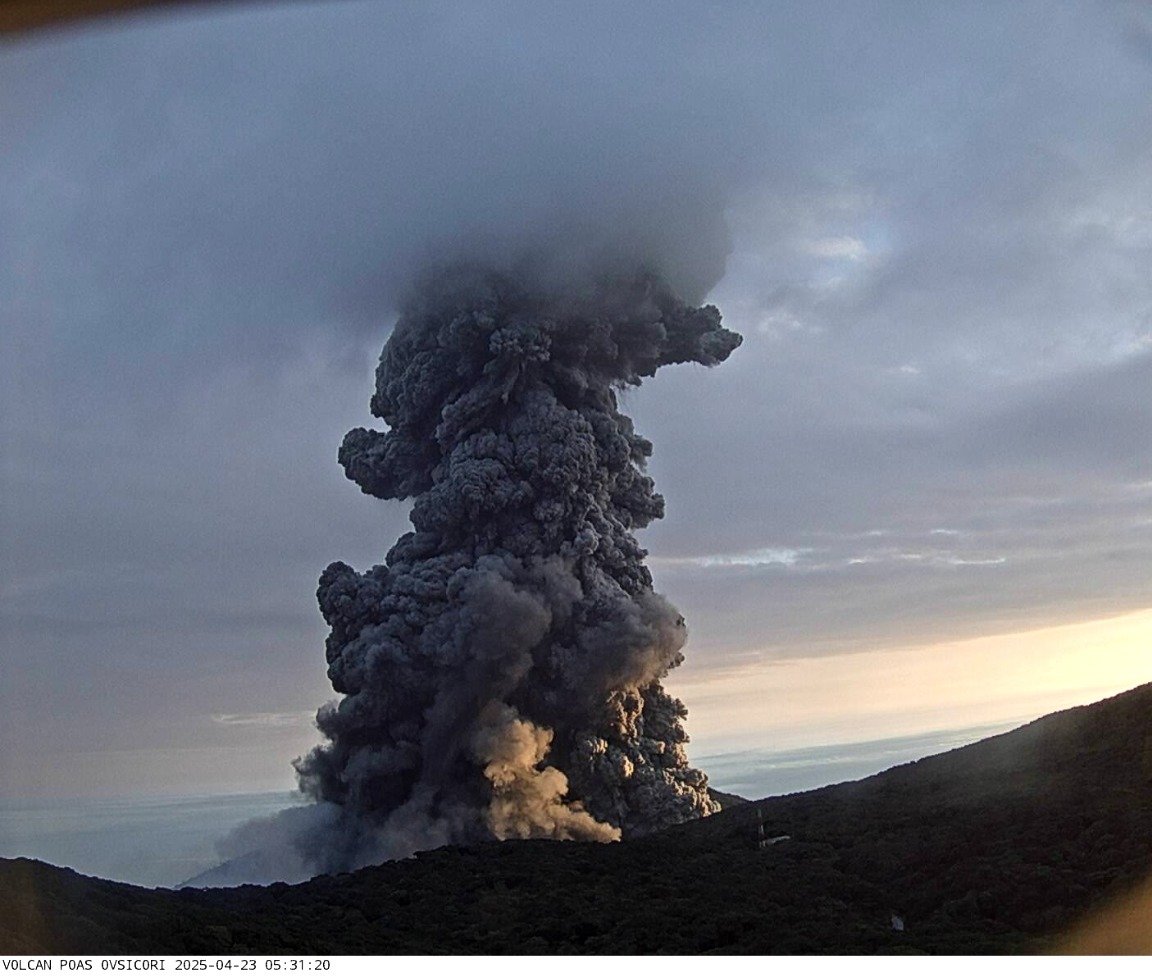
Walking through Melbourne’s bustling streets, it’s hard to imagine the land as a place of fire and darkness. Yet, beneath the concrete and grass, the scars of ancient eruptions remain. The landscape invites us to look deeper, to feel the echoes of a time when volcanoes ruled Victoria. What other secrets lie hidden, waiting for us to rediscover them?




